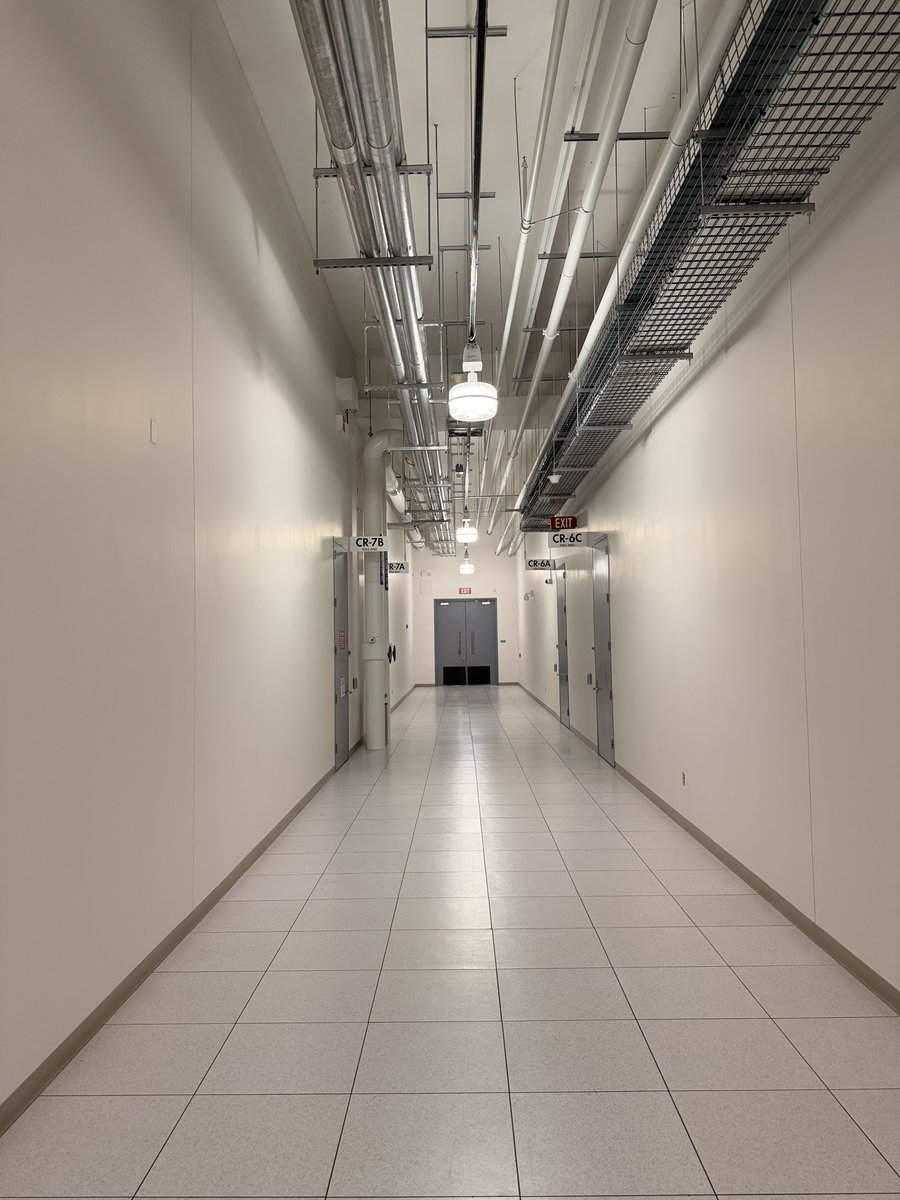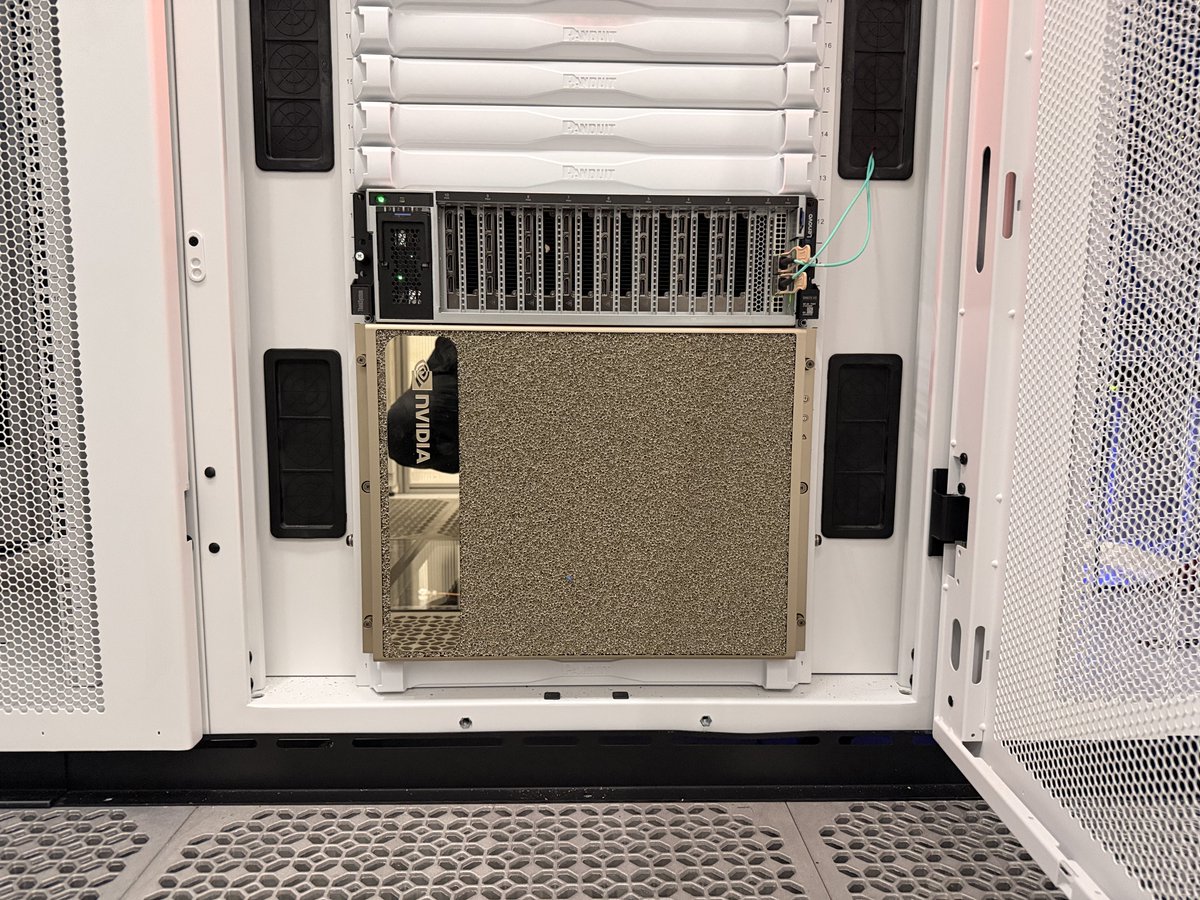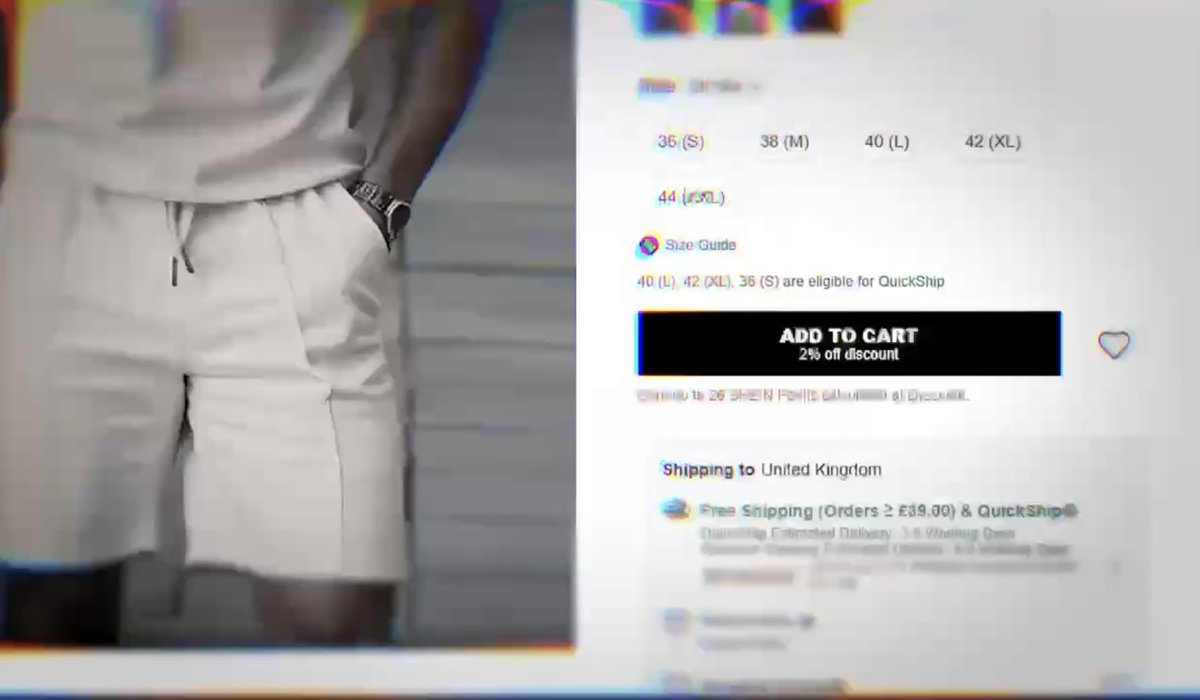A quick tour through the Covid data as of the latest number. Slightly more bad news than good, but that doesn’t mean there’s no good. Let’s start with the overall UK picture. That 106k number a new daily record. And possibly not the last. 

The good news is that for the time being the divergence between cases and admissions remains evident for the UK as a whole. Look at the red line vs the black line and look how different that relationship was last winter (eg before vaccines). Amazing really… 

But you get a better sense of what’s going on by looking not at UK but at London, where most case growth is. This chart (hat-tip to @PaulMainwood for the concept) shows where we are vs the winter wave. On bright side, the blue/red lines aren’t going up in lockstep with cases. 

That being said, hospitalisations in London are rising fast. By about 9% a day on average this past week. What we don’t know is a) how serious those hospitalisations are. ICU numbers still low and b) how long they’ll stay in. In SA hospital stays are much shorter this wave 

Another way of looking at the London figs.
Black lines show you trajectory of the Alpha/Kent variant wave last winter.
Red lines show you case growth in this wave.
Cases rising far faster than last winter.
Hospitalisations broadly similar.
Still v early to jump to conclusions tho
Black lines show you trajectory of the Alpha/Kent variant wave last winter.
Red lines show you case growth in this wave.
Cases rising far faster than last winter.
Hospitalisations broadly similar.
Still v early to jump to conclusions tho

Incidentally, it looks as if case growth may now have plateaued in the hottest of London’s Covid hotspots. This is 7 day cases in Lambeth by publication date. Look: is that line turning at the top right? Might be. @AlastairGrant4 keeping a close eye on this stuff. 

Finally, for those wondering whether the reason we’re seeing such high case numbers is that we’re testing so much (we are testing a lot), here’s something that adjusts for that: test positivity %.
These lines are also basically vertical. Albeit not yet as high as last winter.
These lines are also basically vertical. Albeit not yet as high as last winter.

Today’s data was frankly a bit worse than I’d hoped.
That said, it’s still consistent with lower hospitalisation numbers per case, which is something.
Upon which note, good to see Imperial research on Omicron hospitalisations.
Last week: “no evidence”. This week: “some evidence”.
That said, it’s still consistent with lower hospitalisation numbers per case, which is something.
Upon which note, good to see Imperial research on Omicron hospitalisations.
Last week: “no evidence”. This week: “some evidence”.
https://twitter.com/sneweyy/status/1473708890881728519
• • •
Missing some Tweet in this thread? You can try to
force a refresh

















